We anglers get so wrapped around the axle over lure color, without ever considering this other thing fish are looking for.
Doing what I do with LAFB, I get to talk to a lot of inshore anglers about fishing and help them catch more speckled trout and redfish.
And, over time, I've observed the same topics arise and the same questions asked.
One of those is lure color.
Lure color, lure color, lure color!
"What is the best lure color?"
or
"What lure color do you start with?"
You can't blame anybody for asking that, because they are good questions.
After all, lure company marketing rams color down the throats of anglers.
That and it's the most obvious thing about any lure!
I swear some colors are designed to get the angler to buy rather than get the fish to bite.
This is a big deal, because some lure colors are just so outlandish that only the hungriest, ready-to-eat kind of fish will strike them.

Y'all know which lure color I'm talking about...
But if there is one thing about artificial lures most do not pay attention to, it's the profile of a lure.
What is lure profile?
Lure profile is the size and shape of a lure when silhouetted against a light.
So we are talking about the shape as it appears two dimensionally, and not three.
Think about it:
A pogey is shaped differently from a cocahoe, which is shaped differently from a potbelly minnow, which is shaped differently from a croaker.
Gulf Menhaden (Pogie) Profile
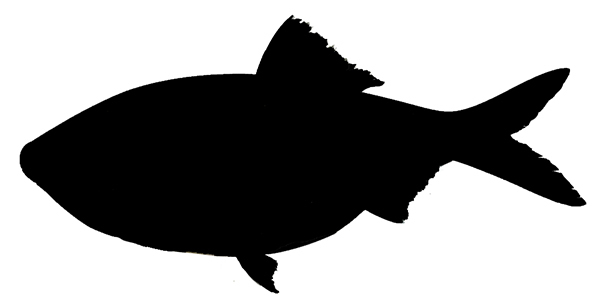
Cocahoe Minnow Profile
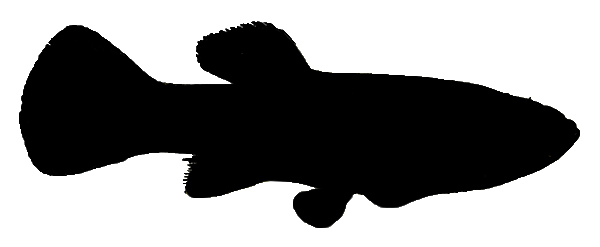
Croaker Profile
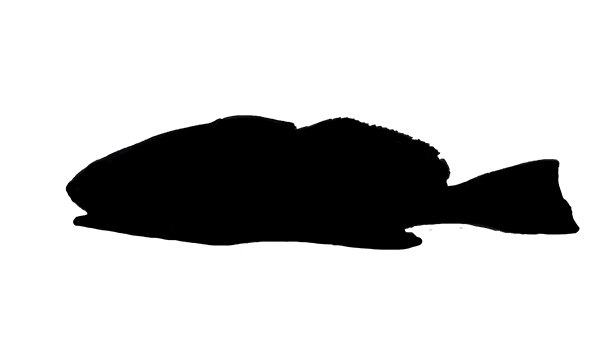
Why is profile important?
I believe it ties into what fish are looking for.
Speckled trout cruising oyster beds for croakers are accustomed to looking for that humped back, flat belly and yellow-tinged fins.
When the lure looks like what they are eating, there is less chance for scrutiny. It becomes business as usual and they'll bite.
Will it really make a difference?
Yes and no. To understand you really need to read the following:
The Ultimate Key to Success
Assuming you want to catch limits and near-limits of fish, every fishing trip, the key to success is covering as much water as possible to find a school of stupid-hungry fish boiling the water because they are eating up so fast.
But, they aren't always feeding hard, and you can't find 'em like that every trip.
When that eventually happens, the key is tossing them something they are looking for, with a color, profile, and presentation that "matches the hatch".
That is the difference between catching five and fifteen trout, or thirty-five and fifty, or 60 and 100.
That is exactly what happened on this fishing trip.
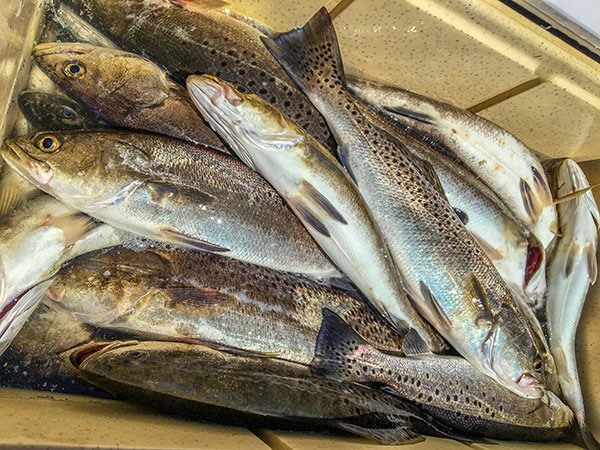
Young and Dumb Fish
The majority of fish being caught are "young and dumb".
Slot reds are juveniles and most speckled trout we catch aren't that old and experienced.
Almost all of them barely pass the twelve inch mark, with a fourteen to sixteen inch trout being considered "big" by a lot of anglers.
These smaller trout are more ready to eat than larger trout, and throwing a more exacting bait won't make that much of a difference to them.
The Juice"]This strategy of matching lure profiles excels with larger, more finicky fish who are already grown so much they have fewer predators to worry over.
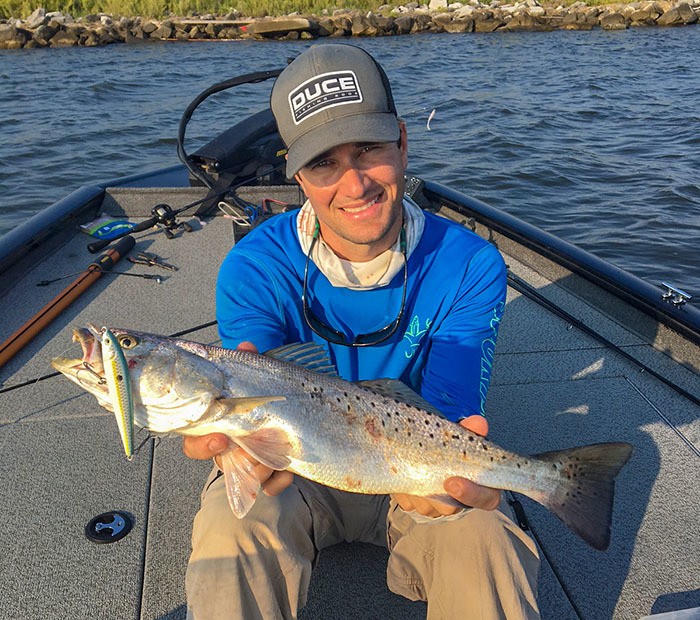
Conclusion
When it comes to artificial lures, inshore anglers rarely consider lure profile.
It's not a deal breaker for fishing trips, but when it's factored in, could make a big difference for your fishing success.
At the bare minimum, it is something you should be aware of to boost your inshore knowledge.
Tight lines, y'all!

Improved Clinch Knot works well :)
What is the best way to tie on a hard bait
Thanks, Mike!
understandable and not wordy. to the point